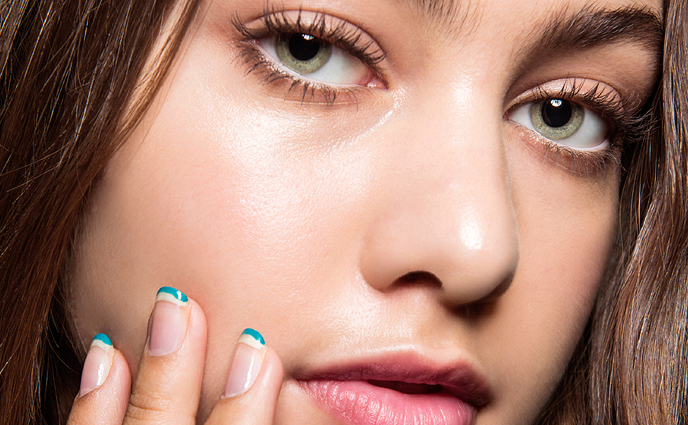In the world of skin care ingredients, salicylic acid is one of the big boys. A super common acne-fighter, you'll find it in everything from cleansers to spot treatments to masks ... but it turns out that this powerhouse can do more than just banish breakouts. Ahead, top derms give us the lowdown on sal acid (that's what the cool kids call it), revealing exactly how it works, how to use it, and more. Clear skin is just a few clicks away.
Image via Getty
Image via Getty
Salicylic acid falls into the larger category of beta hydroxy acids, but what sets it apart are its several unique properties, says Mona Gohara, "MD, associate clinical professor of dermatology at Yale University. One, it's keratolytic. That may sound like the name of a Star Wars" character, but all it means is that it can break down excessive amounts of keratin, the protein in your skin, says Gohara. Essentially, it's really good at exfoliating. Two, it's lipophilic. Translation, please? "Salicylic acid is attracted to and can dissolve oil," Gohara explains. Which brings us to our next point...
Image via Getty
Image via Getty
Thanks to these unique attributes, salicylic acid works on acne in two different ways. "It exfoliates and dissolves the connection between the dead skin cells on the surface of the skin. Then, it attaches to oil, removing and dislodging it from pores," explains Joshua Zeichner, MD, assistant clinical professor of dermatology at Mount Sinai Hospital in New York City. This M.O. is exactly why it's choice for combating breakouts and keeping your complexion clear.
Image via Getty
Image via Getty
When it comes to treating acne, salicylic acid typically gets put up against and compared to benzoyl peroxide (AKA BP, as skin docs call it). Think of the two like chocolate and vanilla ice cream -- they're very different, some people have a definitive preference towards one over the other, but they can still work well together (hello, soft serve swirl cone). Unlike salicylic acid, benzoyl peroxide is antibacterial and works by targeting the bacteria that cause acne. "P. acnes bacteria are anaerobic and live without oxygen. Benzoyl peroxide creates an oxygenation reaction that kills them," explains Zeichner. But, "since both bacteria and oil contribute to acne, it can be beneficial to use both ingredients together," adds Gohara.
Image via www.wrinkles.org
Image via www.wrinkles.org
Not necessarily. "Because it dissolves oil and helps unclog pores, it's choice for dealing with blackheads and whiteheads, or to spot treat the occasional pimple," Zeichner tells us. If you're dealing with chronic, large blemishes that are red and inflamed, it may not cut the mustard. More on that next...
Image via Getty
Image via Getty




